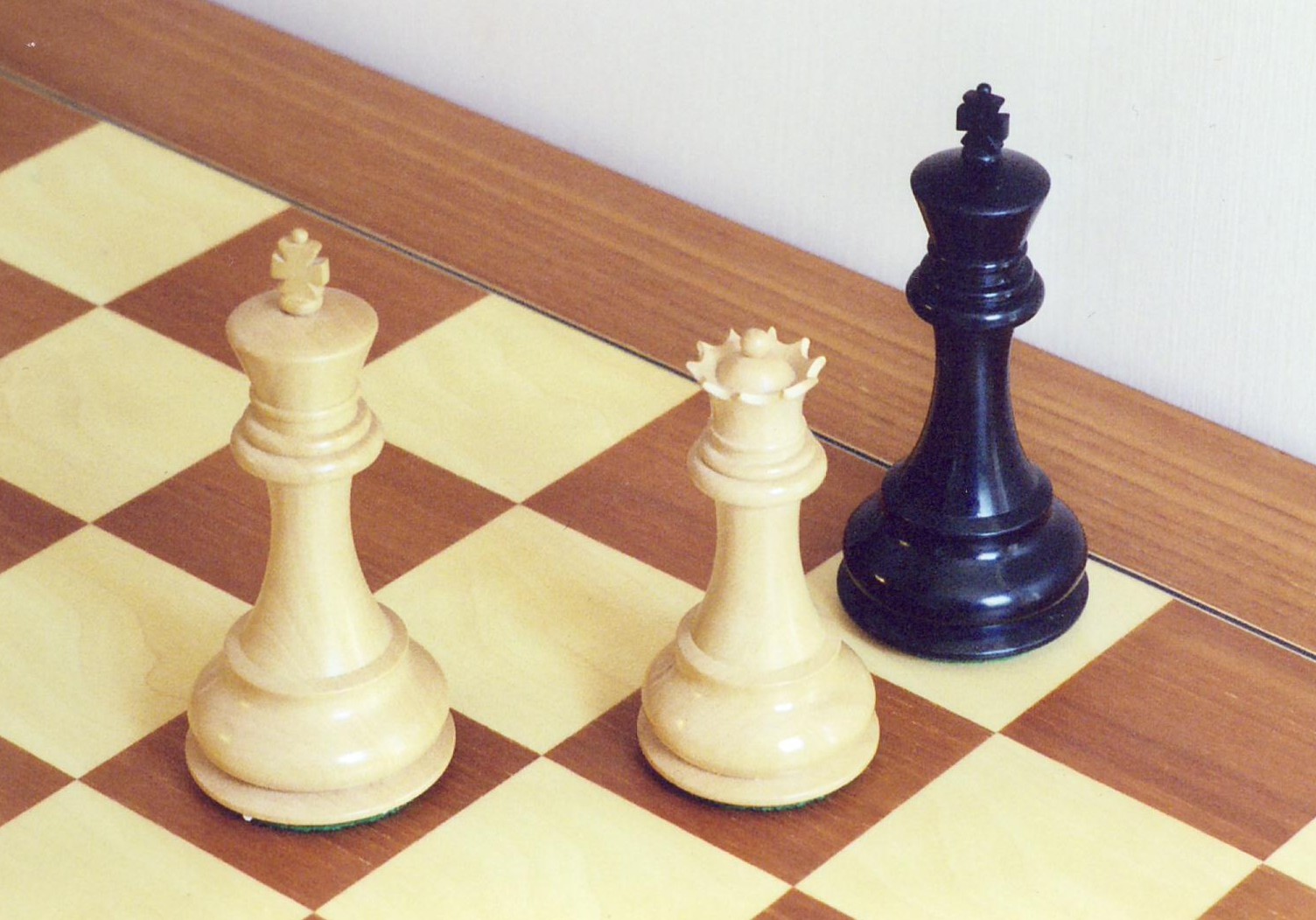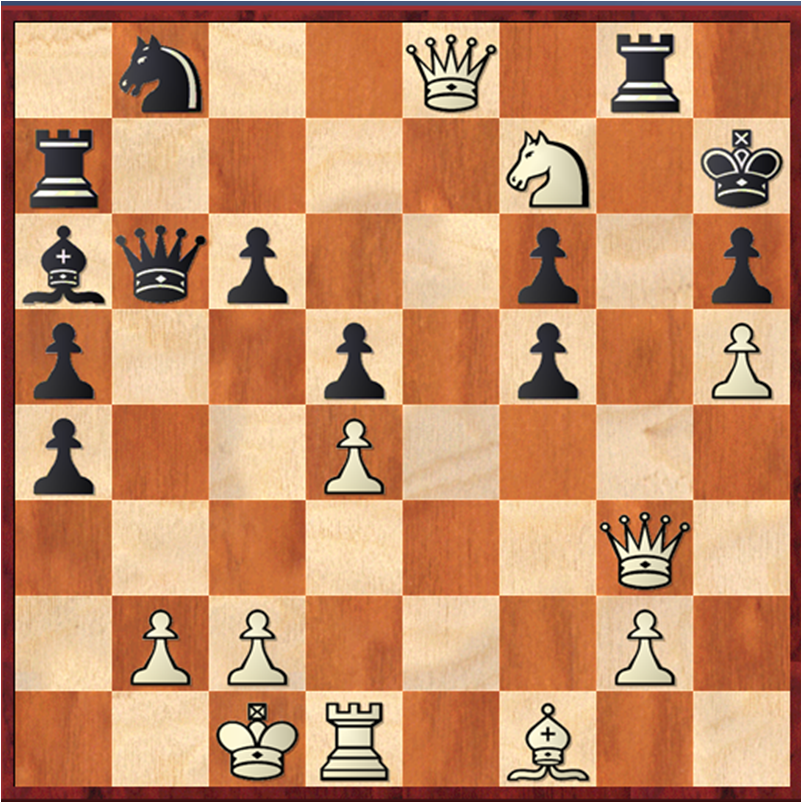|
Tablebase
In chess, the endgame tablebase, or simply the tablebase, is a computerised database containing precalculated evaluations of chess endgame, endgame positions. Tablebases are used to analyse finished games, as well as by chess engines to evaluate positions during play. Tablebases are typically exhaustive, covering every legal arrangement of a specific selection of chess piece, pieces on the board, with both White and Black in chess, White and Black to move. For each position, the tablebase records the ultimate result of the game (i.e. a win for White, a win for Black, or a draw (chess), draw) and the number of moves required to achieve that result, both assuming perfect play. Because every legal move in a covered position results in another covered position, the tablebase acts as an oracle machine, oracle that always provides the optimal move. Tablebases are generated by retrograde analysis, working backwards from checkmated positions. By 2005, tablebases for all positions having ... [...More Info...] [...Related Items...] OR: [Wikipedia] [Google] [Baidu] |
Computer Chess
Computer chess includes both hardware (dedicated computers) and software capable of playing chess. Computer chess provides opportunities for players to practice even in the absence of human opponents, and also provides opportunities for analysis, entertainment and training. Computer chess applications that play at the level of a Chess title, chess grandmaster or higher are available on hardware from supercomputers to Smartphone, smart phones. Standalone chess-playing machines are also available. Stockfish (chess), Stockfish, Leela Chess Zero, GNU Chess, Fruit (software), Fruit, and other free open source applications are available for various platforms. Computer chess applications, whether implemented in hardware or software, use different strategies than humans to choose their moves: they use Heuristic (computer science), heuristic methods to build, search and evaluate Tree (data structure), trees representing sequences of moves from the current position and attempt to execute ... [...More Info...] [...Related Items...] OR: [Wikipedia] [Google] [Baidu] |
Chess Endgame
The endgame (or ending) is the final stage of a chess game which occurs after the middlegame. It begins when few pieces are left on the board. The line between the middlegame and the endgame is often not clear, and may occur gradually or with a quick exchange of pieces. The endgame, however, tends to have different characteristics from the middlegame, and the players have correspondingly different strategic concerns. In particular, pawns become more important as endgames often revolve around attempts to promote a pawn by advancing it to the eighth . The king, which normally is kept safe during the game, becomes active in the endgame, as it can help escort pawns to promotion, attack enemy pawns, protect other pieces, and restrict the movement of the enemy king. Not all chess games reach an endgame; some of them end earlier. All chess positions with up to seven pieces on the board have been solved by endgame tablebases, so the outcome (win, loss, or draw) of best play by bot ... [...More Info...] [...Related Items...] OR: [Wikipedia] [Google] [Baidu] |
Chess Tablebase Query
Chess is a board game for two players. It is an abstract strategy game that involves no hidden information and no elements of chance. It is played on a square board consisting of 64 squares arranged in an 8×8 grid. The players, referred to as "White" and "Black", each control sixteen pieces: one king, one queen, two rooks, two bishops, two knights, and eight pawns, with each type of piece having a different pattern of movement. An enemy piece may be captured (removed from the board) by moving one's own piece onto the square it occupies. The object of the game is to "checkmate" (threaten with inescapable capture) the enemy king. There are also several ways a game can end in a draw. The recorded history of chess goes back to at least the emergence of chaturanga—also thought to be an ancestor to similar games like and —in seventh-century India. After its introduction in Persia, it spread to the Arab world and then to Europe. The modern rules of chess emerged in Eur ... [...More Info...] [...Related Items...] OR: [Wikipedia] [Google] [Baidu] |
Chess
Chess is a board game for two players. It is an abstract strategy game that involves Perfect information, no hidden information and no elements of game of chance, chance. It is played on a square chessboard, board consisting of 64 squares arranged in an 8×8 grid. The players, referred to as White and Black in chess, "White" and "Black", each control sixteen Chess piece, pieces: one king (chess), king, one queen (chess), queen, two rook (chess), rooks, two bishop (chess), bishops, two knight (chess), knights, and eight pawn (chess), pawns, with each type of piece having a different pattern of movement. An enemy piece may be captured (removed from the board) by moving one's own piece onto the square it occupies. The object of the game is to "checkmate" (threaten with inescapable capture) the enemy king. There are also several ways a game can end in a draw (chess), draw. The recorded history of chess goes back to at least the emergence of chaturanga—also thought to be an ancesto ... [...More Info...] [...Related Items...] OR: [Wikipedia] [Google] [Baidu] |
Fifty-move Rule
The fifty-move rule in chess states that a player can claim a draw if no has been made and no pawn has been moved in the last fifty moves (where a "move" consists of a player completing a turn followed by the opponent completing a turn). The purpose of this rule is to prevent a player with no chance of winning from obstinately continuing to play indefinitely or seeking to win by tiring the opponent. Chess positions with only a few pieces can be " solved", that is, the outcome of best play for both sides can be determined by exhaustive analysis; if the outcome is a win for one side or the other (rather than a draw), it is of interest to know whether the defending side can hold out long enough to invoke the fifty-move rule. The simplest common endings, called the basic checkmates, such as king and queen versus king, can all be won in well under 50 moves. However, in the 20th century it was discovered that certain endgame positions are winnable but require more than 50 moves (wit ... [...More Info...] [...Related Items...] OR: [Wikipedia] [Google] [Baidu] |
KingsRow
KingsRow is a strong checkers and draughts engine. It was released by Ed Gilbert in 2000. The checkers engine can be used with the CheckerBoard GUI. It is only available as a DLL on Windows since CheckerBoard is a windows-only program. The engine is available as freeware. The engine uses Neural_network, neural networks, Chess_opening_book_(computers), opening books, and Endgame_tablebase, endgame databases. History In the only Computer Checkers World Championship, KingsRow took second place behind Nemesis (draughts player), Nemesis. KingsRow was stronger than Cake (draughts player), Cake++ in the early years. Cake++ finally caught up with KingsRow and gradually became stronger. It competed a 624-game match against Cake++ on Thanksgiving 2004; Cake++ won 3 to 1, with 620 games ending in a draw. As of 2023, KingsRow is better than Cake. On July 17, 2005, Ed Gilbert completed building a 10-piece endgame database for use with KingsRow. It had a size of 214 GB, but in July 2016 it w ... [...More Info...] [...Related Items...] OR: [Wikipedia] [Google] [Baidu] |
Solved Game
A solved game is a game whose outcome (win, lose or tie (draw), draw) can be correctly predicted from any position, assuming that both players play perfectly. This concept is usually applied to abstract strategy games, and especially to games with full information and no element of chance; solving such a game may use combinatorial game theory or computer assistance. Overview A two-player game can be solved on several levels: Ultra-weak solution : Prove whether the first player will win, lose or draw from the initial position, given perfect play on both sides . This can be a non-constructive proof (possibly involving a strategy-stealing argument) that need not actually determine any details of the perfect play. Weak solution : Provide one algorithm for each of the two players, such that the player using it can achieve at least the optimal outcome, regardless of the opponent's moves, from the start of the game, using reasonable computational resources. Strong solution : Provide an ... [...More Info...] [...Related Items...] OR: [Wikipedia] [Google] [Baidu] |
Checkmate
Checkmate (often shortened to mate) is any game position in chess and other chess-like games in which a player's king is in check (threatened with ) and there is no possible escape. Checkmating the opponent wins the game. In chess, the king is never actually captured. The player loses as soon as their king is checkmated. In formal games, it is usually considered good etiquette to resign an inevitably lost game before being checkmated. If a player is not in check but has no legal moves, then it is '' stalemate'', and the game immediately ends in a draw. A checkmating move is recorded in algebraic notation using the hash symbol "#", for example: 34.Qg3#. Examples A checkmate may occur in as few as two moves on one side with all of the pieces still on the board (as in fool's mate, in the opening phase of the game), in a middlegame position (as in the 1956 game called the Game of the Century between Donald Byrne and Bobby Fischer), or after many moves with as few as t ... [...More Info...] [...Related Items...] OR: [Wikipedia] [Google] [Baidu] |
Perfect Information
Perfect information is a concept in game theory and economics that describes a situation where all players in a game or all participants in a market have knowledge of all relevant information in the system. This is different than complete information, which implies Common knowledge (logic), common knowledge of each agent's utility functions, payoffs, strategies and "types". A system with perfect information may or may not have complete information. In economics this is sometimes described as "no hidden information" and is a feature of perfect competition. In a market with perfect information all consumers and producers would have complete and instantaneous knowledge of all market prices, their own utility and cost functions. In game theory, a sequential game has perfect information if each player, when making any decision, is perfectly informed of all the events that have previously occurred, including the "initialization event" of the game (e.g. the starting hands of each player ... [...More Info...] [...Related Items...] OR: [Wikipedia] [Google] [Baidu] |
Tic Tac Toe
Tic-tac-toe (American English), noughts and crosses (English in the Commonwealth of Nations, Commonwealth English), or Xs and Os (Canadian English, Canadian or Hiberno-English, Irish English) is a paper-and-pencil game for two players who take turns marking the spaces in a three-by-three grid, one with Xs and the other with Os. A player wins when they mark all three spaces of a row, column, or diagonal of the grid, whereupon they traditionally draw a line through those three marks to indicate the win. It is a solved game, with a forced draw assuming Best response, best play from both players. Names In American English, the game is known as "tic-tac-toe". It may also be spelled "tick-tack-toe", "tick-tat-toe", or "tit-tat-toe". In Commonwealth English (particularly British English, British, South African English, South African, Indian English, Indian, Australian English, Australian, and New Zealand English), the game is known as "noughts and crosses", alternatively spelled ... [...More Info...] [...Related Items...] OR: [Wikipedia] [Google] [Baidu] |





